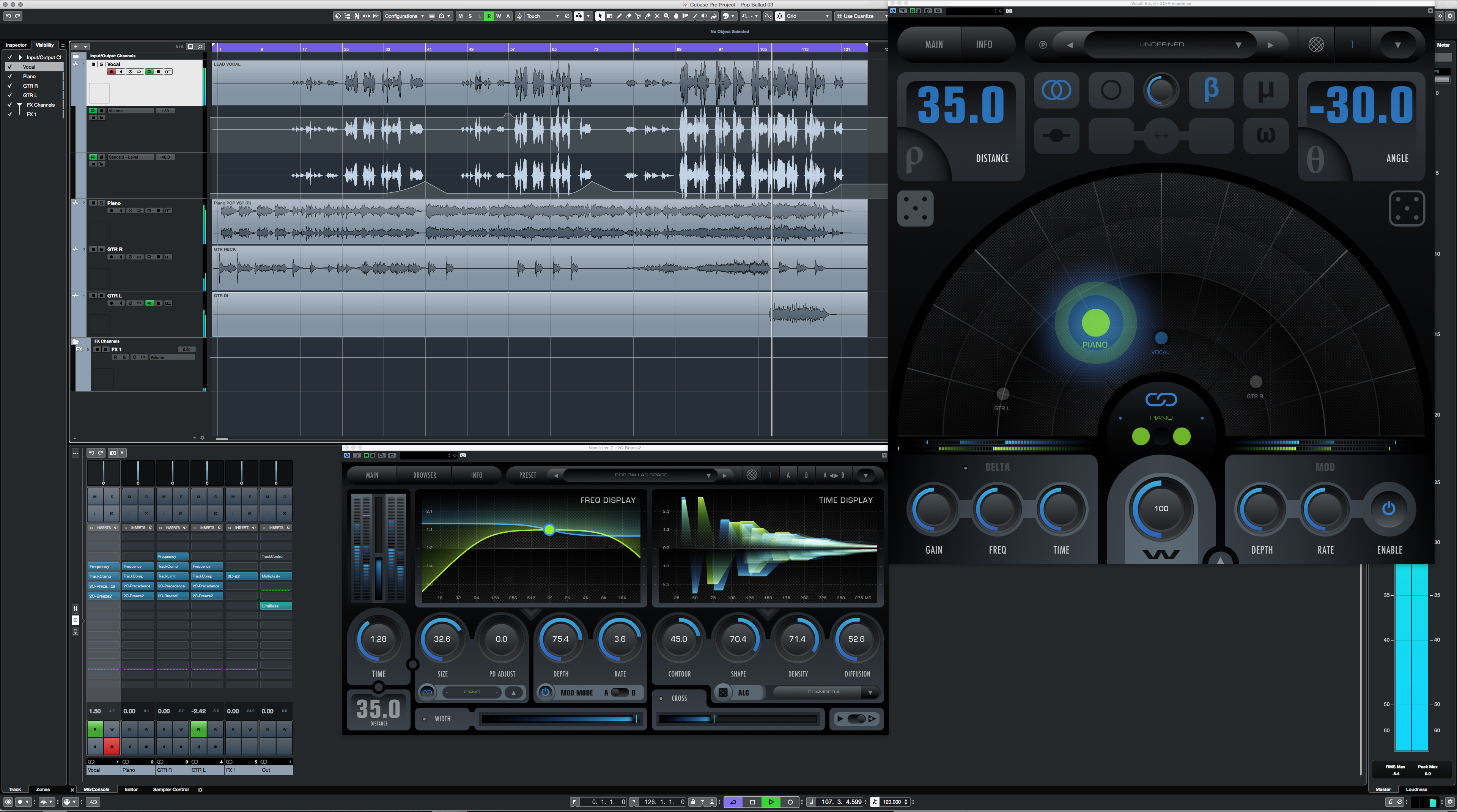Thanks for the compliments.
It's funny bc from the design/DSP perspective various techniques we use in B2 and Breeze are more "choose-your-own-superlative" on paper if only bc they came later, but many people do indeed still love the character specific to Aether.
It's funny because reverb design if often concerned more about "verisimilitude" than "truth". It's all an illusion of space and perception of what is real and what is not real is very blurred. Often exaggerated things become much loved that diverge a decent amount from any kind of objectively measured "truth". They tend to help construct more potent creative narratives and inspire musicians to be creative.
anyway, end introspection...





